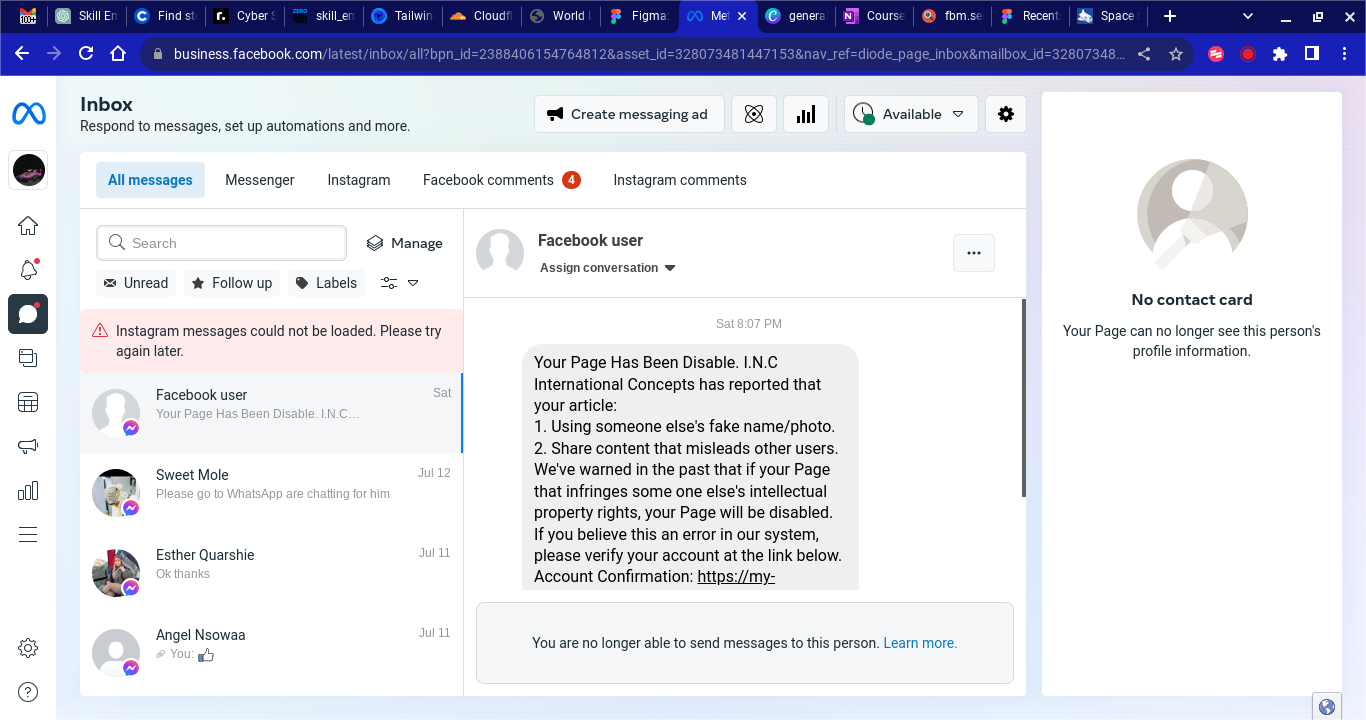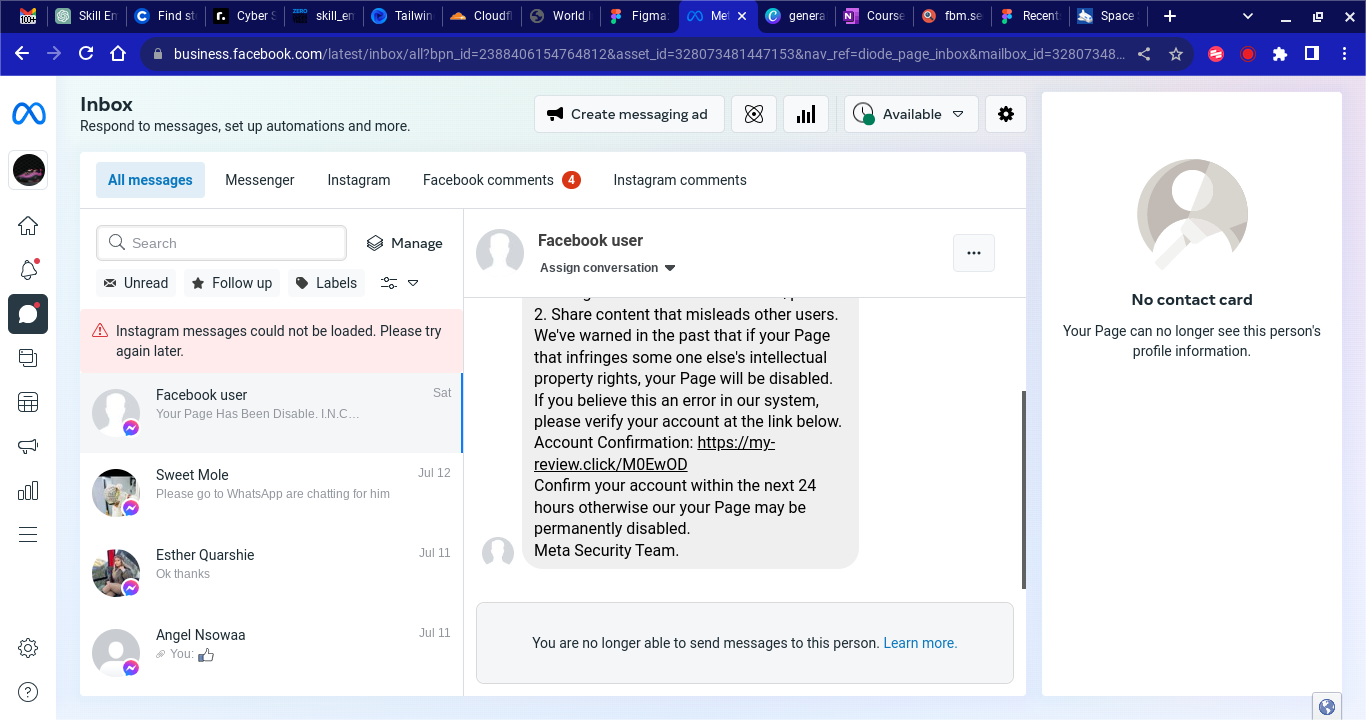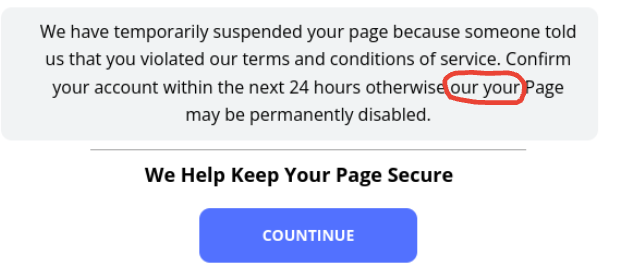Welcome to this short course that will help you stay safe on the internet
People spend a lot of time online either to consume or create content, keep in touch with family and friends or entertain themselves. Business activites are also conducted over the internet everyday. So the internet has become part of our normal daily lives.
Day in and day out, hackers try many ways to get access to your personal information or critical information of your business or customers. If one method fails, they resort to other methods.
After completing the Google Cybersecurity course, I became more aware of the different offensive attacks that goes on day to day on the internet.
So let's walk through a practical way of keeping safe online. Stay through to the end because I will tools and resources that will also help you to be more aware and how to stay safe online.
Social Engineering
This is an example of an approach someone can use to get you to give them your personal information like email and password.

Here's an example of a typical phishing message which contains a link which appears to be from Facebook.
In this account someone sends a message through messenger telling me my account will be disabled. The hacker adds a link that i should click for verification.
Check for emails in your mail box
The first red flag is that I didn't receive any email from Facebook. For important information like this, it is likely the company your account is connected will send you an email which is registered with the user.

One of the safe ways to check if a site may contain or lead to harmful application is to hover your mouse cursor on the link and preview it

Because I am investigating this I went ahead to click the link. In your case, as soon as you identify a link to be harmful delete immediately
Usually some the things that will give out a suspicious attack are mispellings or wrongful information.
Check for grammatical errors
Let's investigate this message well.
You'll notice a grammatical error here

… Confirm your account within the next 24 hours otherwise our your Page may …
Additionally the url has some misspellings in it.

Further with our investigation if click the continue button another page shows. This is where the data extraction will occur.

Here's a quick game from Google to help you identify phishing attacks and stafe on the internet
The moment you put in your email and password the hacker is going to collect these information and use it to access your account.
Sometimes they will change your password after they have login to your account so that you lose complete access.
Congratulations!! You've completed a short security course to help stay safe on the internet.